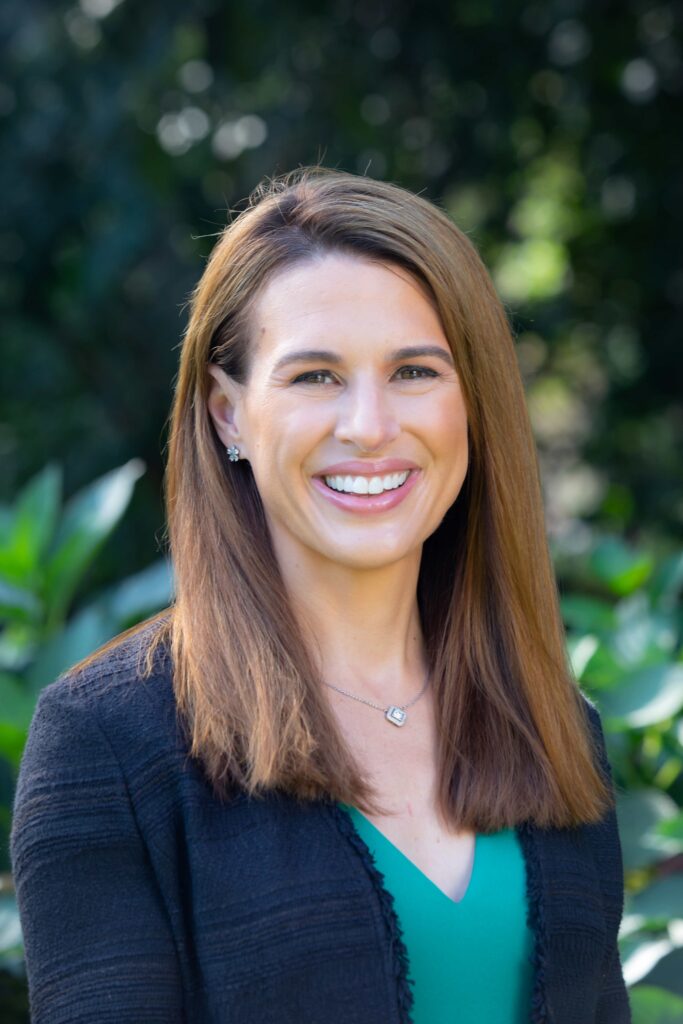
So often in healthcare patients feel helpless to take an active role in their care journey — and for several reasons. It can be difficult to know which doctors or specialists are in-network, what procedures will cost, and confusing to know how, when, and what to pay for care received. The billing and payments process in healthcare is equally frustrating for stakeholders across the industry who often rely on outdated, inaccurate data and inefficient payment systems. This is further exacerbated by a fragmented health system with disparate technology solutions that don’t communicate well with each other. In an interview, Zelis CEO Amanda Eisel shared her perspective on how these areas can be improved to benefit payers, providers, and healthcare consumers.
Eisel said one issue impacting access to care is the relatively low health literacy rates in the U.S.
“A study conducted by the CDC found that only 12% of adults in the United States who make healthcare decisions, either for themselves or their families, have proficient health literacy,” Eisel said. “We did a separate study that showed that three-fourths of Americans have never shopped for lower-cost care. Think about that. This is a massive cost for all of us as healthcare consumers, and we’re so used to shopping for everything else in our lives.”
The problem, as Eisel sees it, is not so much a lack of desire by consumers as feeling overwhelmed by the process and not knowing where to start. Eisel observed there is also a lack of awareness about what tools can help them understand the cost of care, the quality of different providers, and how to navigate healthcare benefits to make better, more informed decisions.

Health plans have a unique opportunity to help their members find and access quality care when and where they need it, and at a reasonable cost. Easy-to-use tools to access information not only empower members to search for, evaluate, and select high-value healthcare, but help consumers better address and manage household healthcare spending. Consumers who understand their options make confident healthcare decisions.
Another challenge for consumers is that provider directories are notoriously riddled with errors. A research letter published in JAMA Open Network revealed that 81% of directory entries have at least one error in them. These so-called “ghost networks” are not only frustrating for consumers but can be detrimental to those seeking care.
“A really big challenge for network design and a huge obstacle for healthcare consumers is know[ing] who’s in network or what services they provide,” Eisel said.
Correct provider data is necessary for members to quickly, easily and effectively access care. A sophisticated set of analytics tools is necessary not only to measure, but refresh provider data, as affiliations can often change.
The lack of modernization within the healthcare industry is another source of the friction. Point solutions are pervasive. There are numerous regional and national payers, hundreds of provider groups, and hundreds of millions of healthcare consumers. Add to that a lot of legacy software and paper-based, manual processes that are embedded, particularly among payers and providers. Eisel observed that different vendors are often used for the different modalities of payments and healthcare, and data and information behind the payment often arrives separately or not at all. As a result, healthcare organizations can be forced to patch together solutions that are inherently inefficient.
“If you’re trying to make payments across four or five different vendors, things are going to get lost and/or delayed,” Eisel said. “That’s a big challenge that we aim to solve with our solutions.”
Zelis is modernizing the healthcare financial experience for all by providing a connected platform that bridges gaps and aligns interests across payers, providers, and consumers. Zelis sees across the system to identify, optimize, and solve problems holistically, driving real, measurable results. Its suite of solutions spans the entire financial journey, from building and managing high-performing networks to empowering members to shop for and access care and ensuring claims are accurate through delivery of payments and associated communications. Zelis recognizes that when claims and payments flow more seamlessly, care can flow through the system, making it work better for everyone.
Giving individuals the tools to understand their options and evaluate costs adds transparency to the payment process so that they can focus on their care.
In another example underscoring the efficiency of its software solutions, Eisel highlighted how it helped one of the largest health systems in the country. By using the Zelis ACH plus solution, the health system was able to streamline more than 170 different payer portals. The move converted a labor-intensive, manual payment process into a seamless efficient one. Instead of payments taking an average of 20 days for the health system to process, Zelis helped the health system whittle down that time to an average of just two days.
Eisel said modernization of the healthcare industry is critical for its future.
“Look at any other industry in the United States and how it operates. If we can bring some of the best practices of those industries to healthcare [software], they can be really big steps forward for each constituent in the system.”
Photo: SDI Productions, Getty Images







